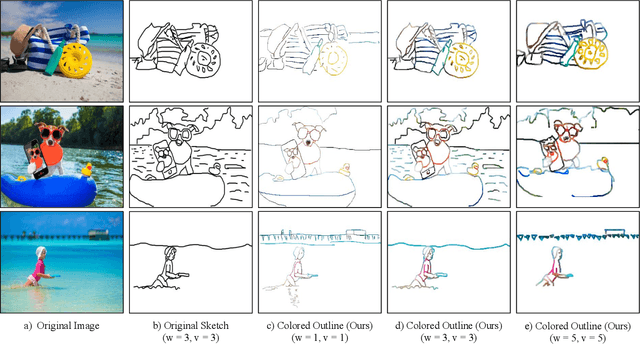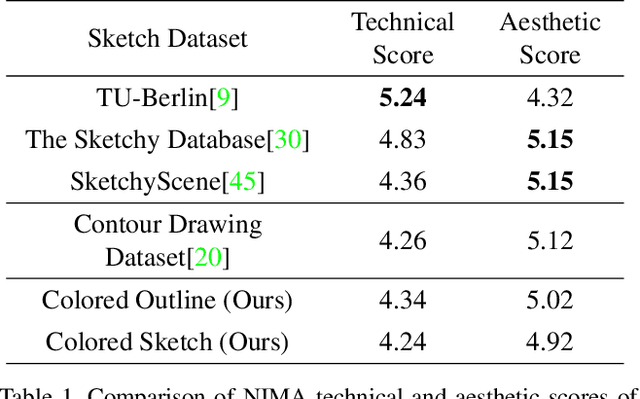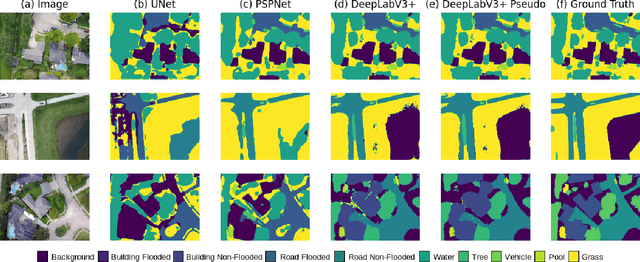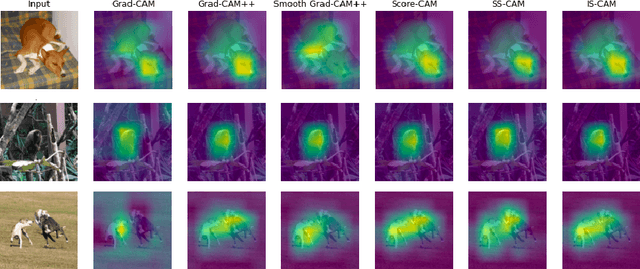Ankita Ghosh
Did you just see that? Arbitrary view synthesis for egocentric replay of operating room workflows from ambient sensors
Oct 06, 2025Abstract:Observing surgical practice has historically relied on fixed vantage points or recollections, leaving the egocentric visual perspectives that guide clinical decisions undocumented. Fixed-camera video can capture surgical workflows at the room-scale, but cannot reconstruct what each team member actually saw. Thus, these videos only provide limited insights into how decisions that affect surgical safety, training, and workflow optimization are made. Here we introduce EgoSurg, the first framework to reconstruct the dynamic, egocentric replays for any operating room (OR) staff directly from wall-mounted fixed-camera video, and thus, without intervention to clinical workflow. EgoSurg couples geometry-driven neural rendering with diffusion-based view enhancement, enabling high-visual fidelity synthesis of arbitrary and egocentric viewpoints at any moment. In evaluation across multi-site surgical cases and controlled studies, EgoSurg reconstructs person-specific visual fields and arbitrary viewpoints with high visual quality and fidelity. By transforming existing OR camera infrastructure into a navigable dynamic 3D record, EgoSurg establishes a new foundation for immersive surgical data science, enabling surgical practice to be visualized, experienced, and analyzed from every angle.
XCI-Sketch: Extraction of Color Information from Images for Generation of Colored Outlines and Sketches
Aug 26, 2021



Abstract:Sketches are a medium to convey a visual scene from an individual's creative perspective. The addition of color substantially enhances the overall expressivity of a sketch. This paper proposes two methods to mimic human-drawn colored sketches by utilizing the Contour Drawing Dataset. Our first approach renders colored outline sketches by applying image processing techniques aided by k-means color clustering. The second method uses a generative adversarial network to develop a model that can generate colored sketches from previously unobserved images. We assess the results obtained through quantitative and qualitative evaluations.
Semi-Supervised Classification and Segmentation on High Resolution Aerial Images
May 16, 2021


Abstract:FloodNet is a high-resolution image dataset acquired by a small UAV platform, DJI Mavic Pro quadcopters, after Hurricane Harvey. The dataset presents a unique challenge of advancing the damage assessment process for post-disaster scenarios using unlabeled and limited labeled dataset. We propose a solution to address their classification and semantic segmentation challenge. We approach this problem by generating pseudo labels for both classification and segmentation during training and slowly incrementing the amount by which the pseudo label loss affects the final loss. Using this semi-supervised method of training helped us improve our baseline supervised loss by a huge margin for classification, allowing the model to generalize and perform better on the validation and test splits of the dataset. In this paper, we compare and contrast the various methods and models for image classification and semantic segmentation on the FloodNet dataset.
IS-CAM: Integrated Score-CAM for axiomatic-based explanations
Oct 06, 2020



Abstract:Convolutional Neural Networks have been known as black-box models as humans cannot interpret their inner functionalities. With an attempt to make CNNs more interpretable and trustworthy, we propose IS-CAM (Integrated Score-CAM), where we introduce the integration operation within the Score-CAM pipeline to achieve visually sharper attribution maps quantitatively. Our method is evaluated on 2000 randomly selected images from the ILSVRC 2012 Validation dataset, which proves the versatility of IS-CAM to account for different models and methods.
 Add to Chrome
Add to Chrome Add to Firefox
Add to Firefox Add to Edge
Add to Edge